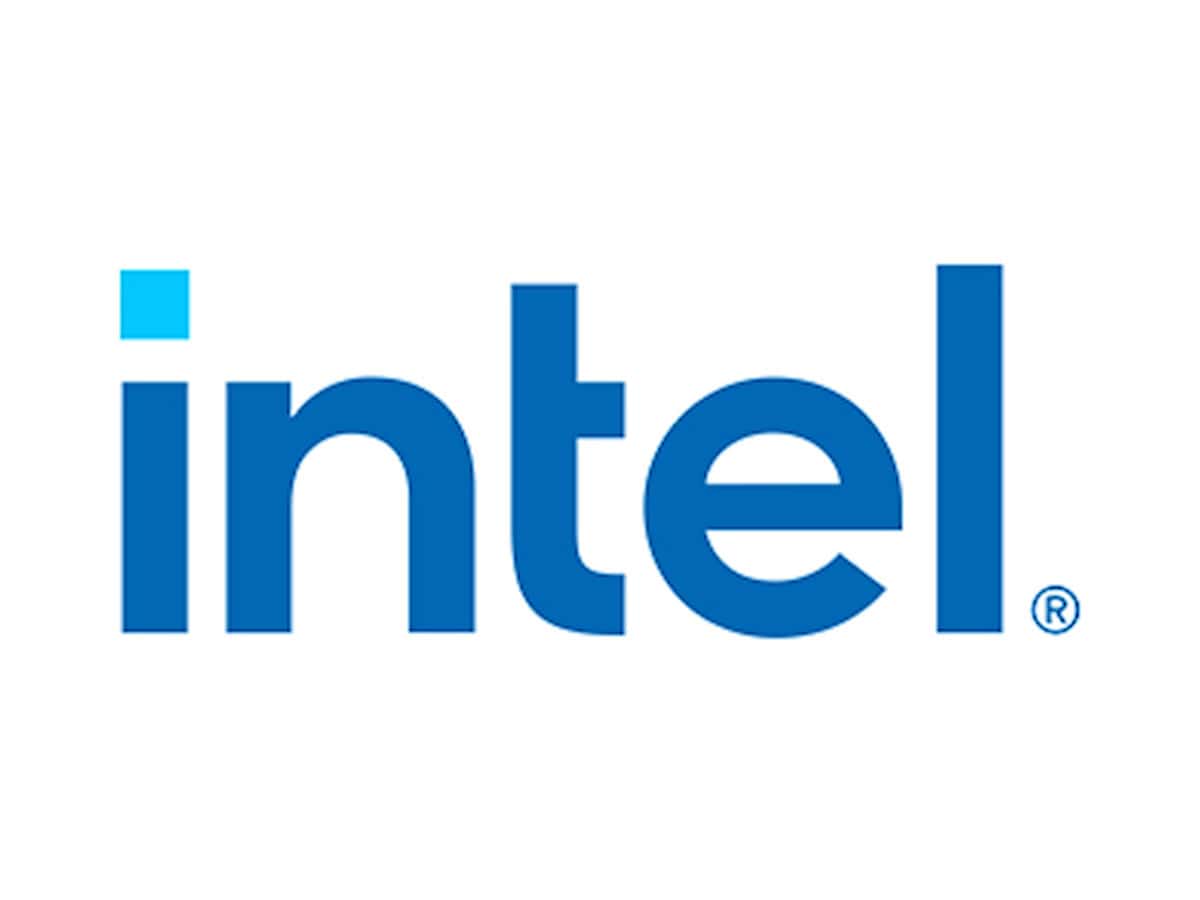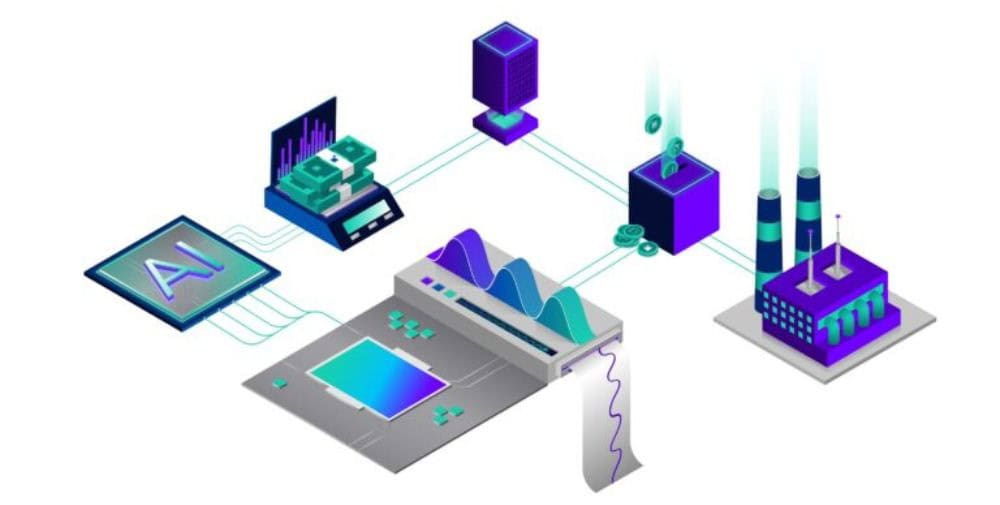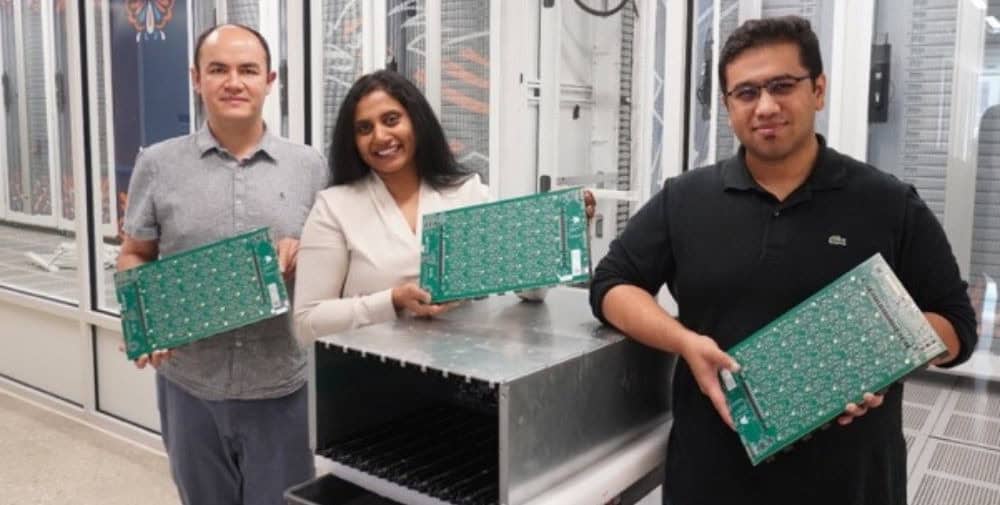
At LG Innotek’s factory in Gumi, Korea, this is achieved with a combination of Intel technologies: Intel® Core™ processors, Intel® Xeon® processors and Intel® Arc™ integrated graphics processors (GPUs). All of this is brought together with the OpenVINO™ software toolkit.
While LG Innotek has long used both rule-based inspection and deep learning-based systems at certain terminals on its production lines to ensure higher product quality, LG is now aiming to build a fully automated system without compromising performance by comprehensively utilizing AI at all stages of the manufacturing process.
Intel delivers AI-powered inspection solution with Intel CPU/GPU
In 2024, LG Innotek began discussions with Intel to support an AI-powered automated inspection solution based on Intel’s Core and Xeon processors and Arc discrete GPUs.
How the solution works:
- The data from the production line is transferred to connected PCs with Intel Core CPUs, whose integrated graphics provide a cost-effective solution for analyzing defect data.
- Heavier workloads – such as running multiple algorithms on high-resolution images – are handled by the Intel Arc discrete GPU.
- Over time, the collected datasets will be sent to pre-training servers powered by Intel Xeon.
For future collaborations, the joint team plans to use servers with Intel® Gaudi® AI accelerators to manage the pre-training workloads. This interplay of Intel-based technology – anchored by the CPU and accelerated by integrated and discrete Intel GPUs – enabled a massive reduction in the cost of building an AI inspection system.
Increased cost efficiency enables scalability
LG Innotek’s decision to utilize an Arc-based discrete GPU in its main production facility increased cost efficiency compared to equivalent hardware performance from other vendors.
These cost savings open the door to further economies of scale.
LG Innotek first deployed Intel AI image processing solutions in its mobile camera module production line last year.
This year, the company plans to gradually expand the application to its major domestic production centers, such as the Gumi 4 plant where FC-BGA (Flip-Chip Ball Grid Array) is manufactured, and overseas production lines.
By building a smart factory based on Intel AI image processing solutions, the company aims to increase its cost competitiveness.
OpenVINO accelerates GPU integration and AI development
GL Innotek engineers were initially apprehensive about using integrated GPUs because the company’s technology environment was already geared towards using specific discrete graphics cards in its deep learning environment. The teams feared they would have to rewrite and remap code to adapt to the integrated GPUs.
These fears were allayed when LG Innotek saw how easy it was to use OpenVINO.
Since the launch of OpenVINO in 2018, Intel has enabled developers worldwide to dramatically accelerate AI-based development. It is an open-source AI toolkit that makes it easier for developers to write AI models once and deploy them anywhere.
Maximizing bandwidth for retraining
GLG Innotek engineers are also considering using Intel Xeon CPUs – equipped with AI accelerators that are perfect for AI-based workloads – to retrain deep learning models when processes change or raw materials are altered during mass production.
Xeon CPUs can maximize parallel computing speed and support Intel® Advanced Matrix Extensions, a special built-in accelerator that improves the performance of deep learning training and inference.
LG Innotek plans to actively use Xeon CPUs for its computing tasks, making a clear departure from its traditional configuration that relied on both Xeon CPUs and third-party discrete GPUs. By using CPUs solely for AI-based fine-tuning tasks, the company expects to minimize costs.
– – – – –
Further links
👉 www.intel.com
Photo: Intel




